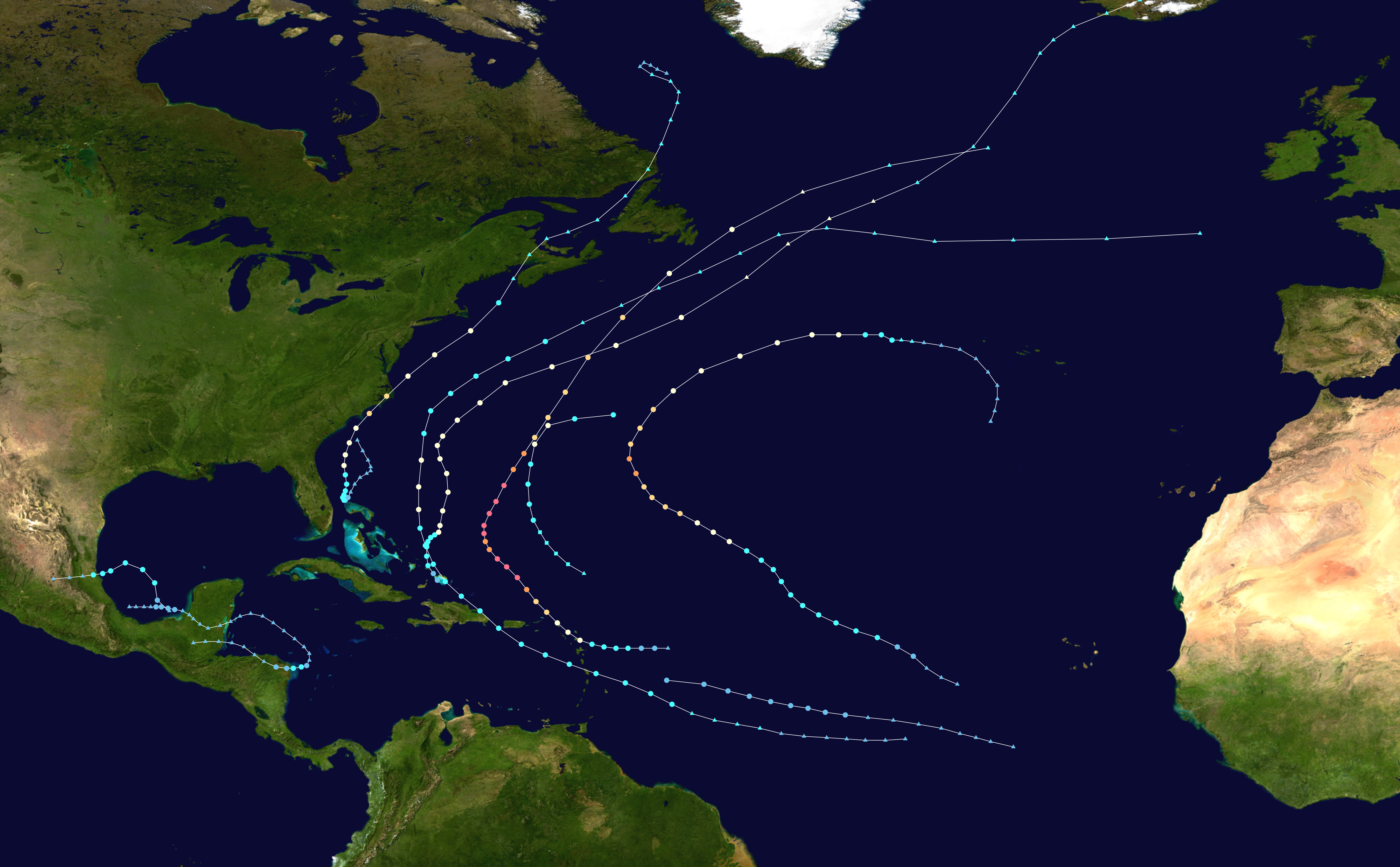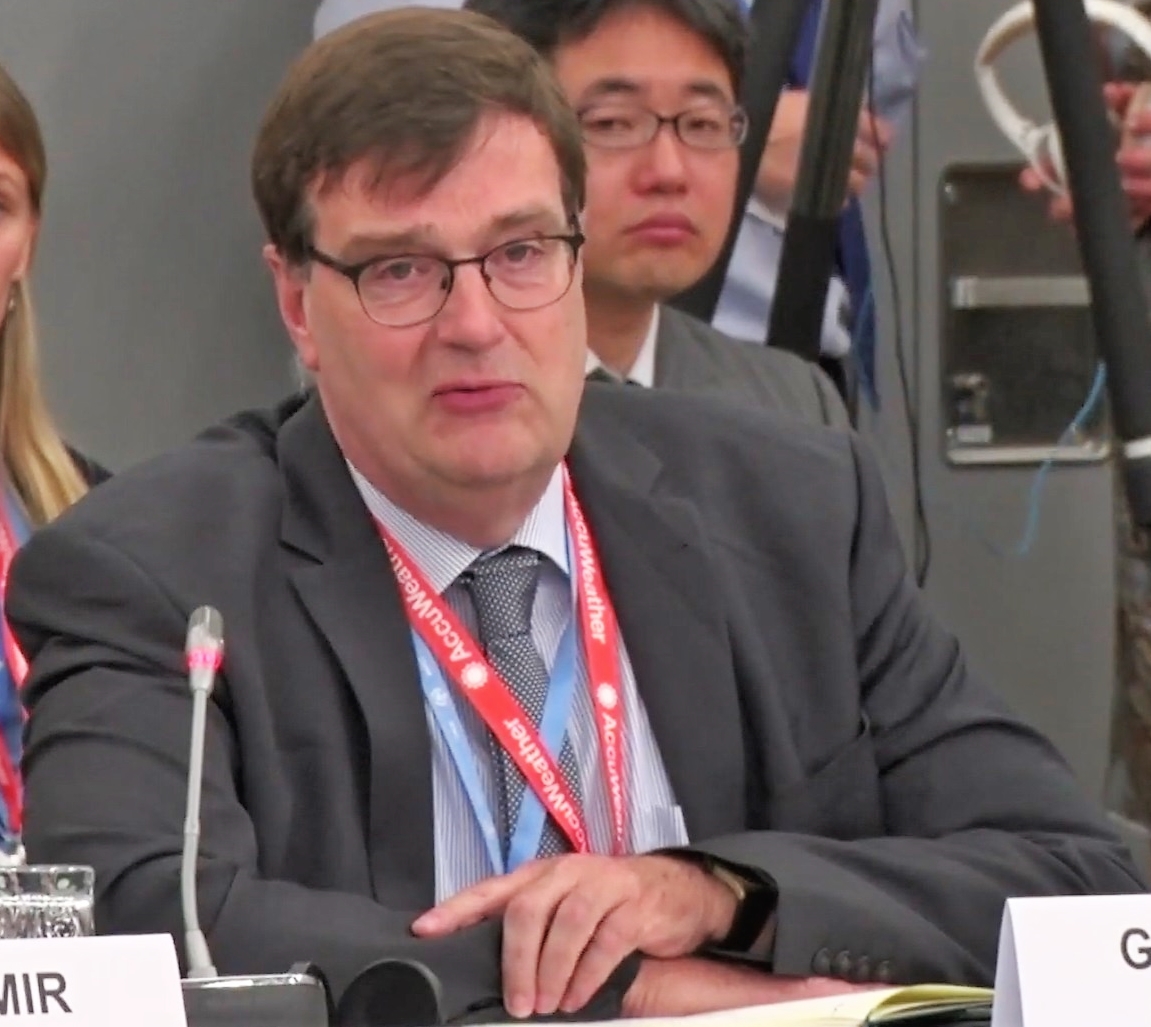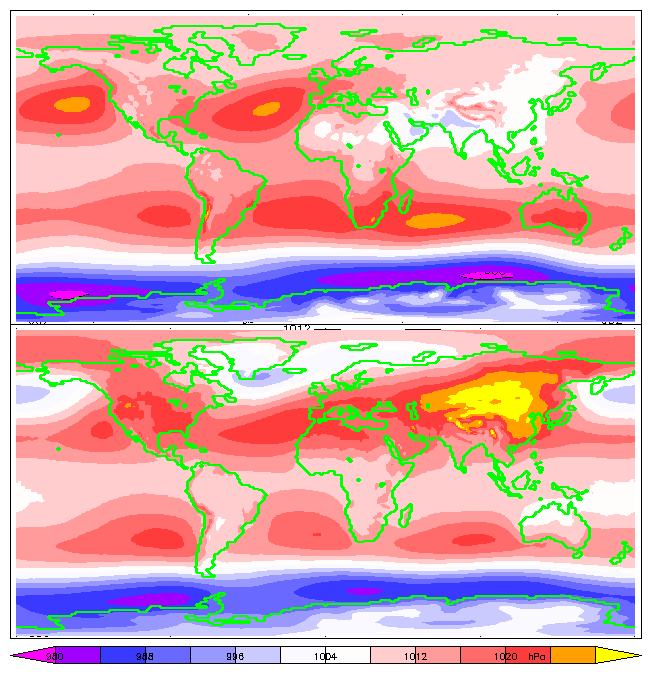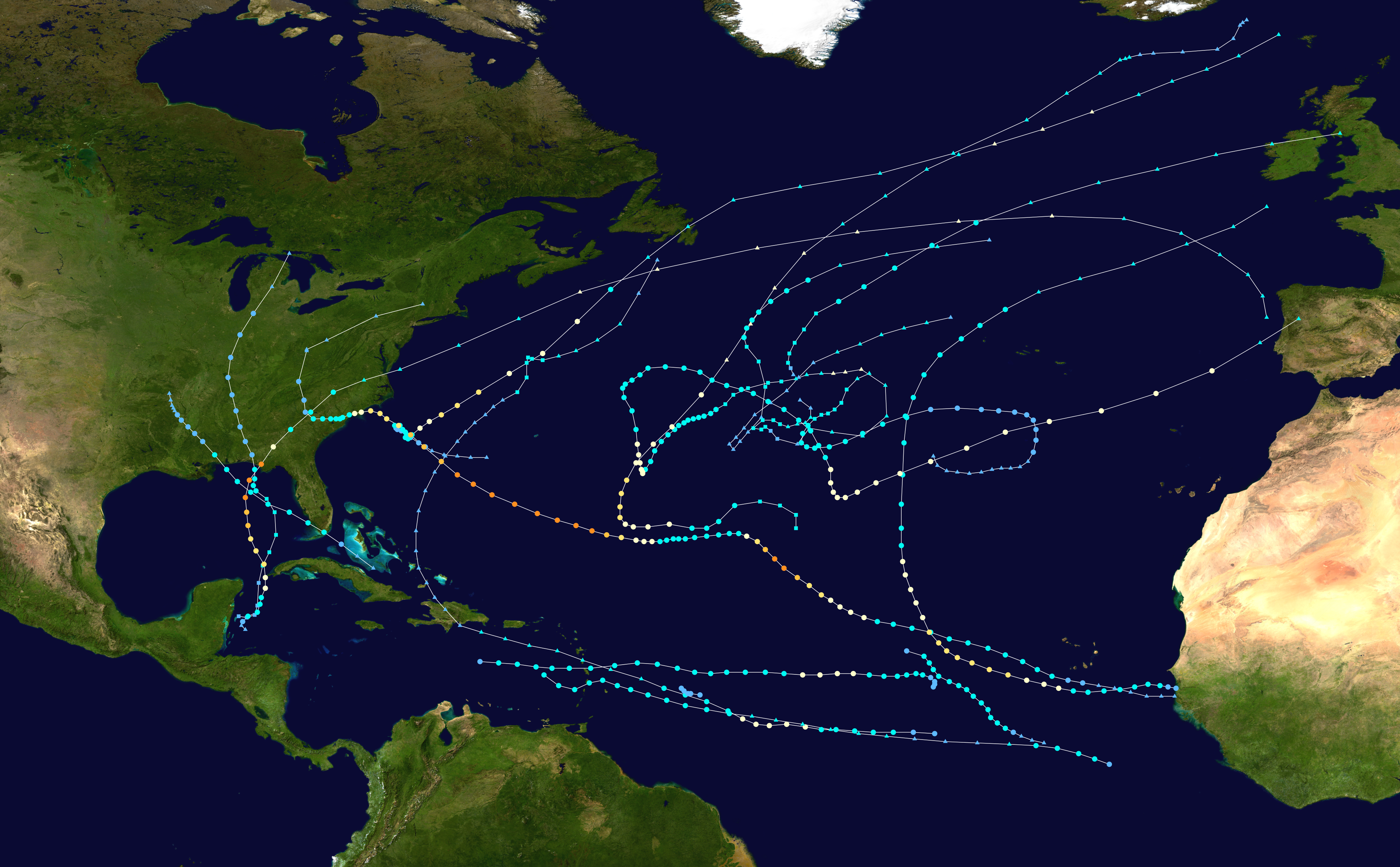|
Tropical Cyclones In 2014
During 2014, tropical cyclones formed within seven different tropical cyclone basins, located within various parts of the Atlantic, Pacific and Indian Oceans. During the year, a total of 117 tropical cyclones had formed this year to date. 79 tropical cyclones had been named by either a Regional Specialized Meteorological Center (RSMC) or a Tropical Cyclone Warning Center (TCWC). The most active basin in 2014 was the Pacific typhoon, Western Pacific, which documented 23 named systems, while the Eastern Pacific, despite only amounting to 22 named systems, was its basin's most active since 1992 Pacific hurricane season, 1992. Conversely, both the Atlantic hurricane, North Atlantic hurricane and North Indian Ocean, North Indian Ocean cyclone had a below average season numbering 9 and 3, respectively. Activity across the southern hemisphere's three basins—South-West Indian Ocean tropical cyclone, South-West Indian, Australian region tropical cyclone, Australian, and South Pacif ... [...More Info...] [...Related Items...] OR: [Wikipedia] [Google] [Baidu] |
Cyclone Ian
Severe Tropical Cyclone Ian was a Category 4 hurricane, category 4 tropical cyclone that formed on January 2, 2014, and dissipated to an extratropical cyclone on January 15, 2014. Areas affected by the tropical cyclone include Fiji and Tonga. In Tonga, Ian caused destruction in the Ha'apai islands, with severely injured and one fatality. Damages caused by the cyclone was $120 million (2014 United States dollar, USD). Meteorological history During January 2, 2014 the Fiji Meteorological Service's Regional Specialized Meteorological Center in Nadi, Fiji (RSMC Nadi) reported that Tropical Disturbance 07F had developed to the southeast of Futuna Island, Wallis and Futuna, Futuna Island. Over the next day the system gradually developed further underneath an upper level Ridge (meteorology), ridge of high pressure, within an area of moderate vertical wind shear, as it slowly moved towards the southwest. RSMC Nadi subsequently classified the disturbance as a tropical depression ea ... [...More Info...] [...Related Items...] OR: [Wikipedia] [Google] [Baidu] |
South-West Indian Ocean Tropical Cyclone
In the south-west Indian Ocean, tropical cyclones form south of the equator and west of 90° E to the coast of Africa. Warnings and nomenclature In 1946, Réunion's first airstrip opened, then called Gillot, and now called Roland Garros Airport. In 1950, the first meteorological station on the island opened at the airport, operated by Météo-France (MFR). The agency began publishing annual reviews in the 1962–63 season. Each year, the Météo-France office (MFR) based on Réunion island issues warnings on tropical cyclones within the basin, which is defined as the waters of the Indian Ocean from the coast of Africa to 90° E, south of the equator. The agency issues the warnings as part of its role as a Regional Specialized Meteorological Center, designated as such in 1993 by the World Meteorological Organization. Intensities are estimated through the Dvorak technique, which utilizes images from satellites by the American National Oceanic and Atmospheric Admini ... [...More Info...] [...Related Items...] OR: [Wikipedia] [Google] [Baidu] |
Micronesia
Micronesia (, ) is a subregion of Oceania, consisting of approximately 2,000 small islands in the Northwestern Pacific Ocean. It has a close shared cultural history with three other island regions: Maritime Southeast Asia to the west, Polynesia to the east, and Melanesia to the south—as well as with the wider community of Austronesian peoples. The region has a tropical marine climate and is part of the Oceanian realm. It includes four main archipelagos—the Caroline Islands, the Gilbert Islands, the Mariana Islands, and the Marshall Islands — as well as numerous islands that are not part of any archipelago. Political control of areas within Micronesia varies depending on the island, and is distributed among six sovereign nations. Some of the Caroline Islands are part of the Republic of Palau and some are part of the Federated States of Micronesia (often shortened to "FSM" or "Micronesia"—not to be confused with the identical name for the overall region). The Gi ... [...More Info...] [...Related Items...] OR: [Wikipedia] [Google] [Baidu] |
World Meteorological Organization
The World Meteorological Organization (WMO) is a List of specialized agencies of the United Nations, specialized agency of the United Nations responsible for promoting international cooperation on atmospheric science, climatology, hydrology and geophysics. The WMO originated from the International Meteorological Organization (IMO), a nongovernmental organization founded in 1873 as a forum for exchanging weather data and research. Proposals to reform the status and structure of the IMO culminated in the World Meteorological Convention of 1947, which formally established the World Meteorological Organization. The Convention entered into force on 23 March 1950, and the following year the WMO began operations as an intergovernmental organization within the UN system. The WMO is made up of 193 countries and territories, and facilitates the "free and unrestricted" exchange of data, information, and research between the respective meteorological and hydrological institutions of its m ... [...More Info...] [...Related Items...] OR: [Wikipedia] [Google] [Baidu] |
Typhoon Rammasun
Typhoon Rammasun, known in the Philippines as Typhoon Glenda, was one of the only four Category 5 Tropical cyclone scales#Western Pacific, super typhoons on record in the South China Sea, with the other ones being Typhoon Pamela (1954), Pamela in 1954 Pacific typhoon season, 1954, Typhoon Rai, Rai in 2021 Pacific typhoon season, 2021 and Typhoon Yagi, Yagi in 2024 Pacific typhoon season, 2024. Rammasun had destructive impacts across the Philippines, South China, and Vietnam in mid July 2014. It was the strongest typhoon to hit the Chinese province of Hainan since Typhoon Damrey (2005), Damrey in 2005 Pacific typhoon season, 2005. Rammasun is a Thai language, Thai word for List of thunder gods, thunder god. After Tropical Storm Lingling (2014), Lingling and Tropical Storm Kajiki (2014), Kajiki earlier in 2014, Rammasun became the third tropical cyclone, and first typhoon to directly impact the Philippines in 2014. The ninth named storm and the third typhoon of the 2014 Pacific ... [...More Info...] [...Related Items...] OR: [Wikipedia] [Google] [Baidu] |
Mbar
The bar is a metric unit of pressure defined as 100,000 Pa (100 kPa), though not part of the International System of Units (SI). A pressure of 1 bar is slightly less than the current average atmospheric pressure on Earth at sea level (approximately 1.013 bar). By the barometric formula, 1 bar is roughly the atmospheric pressure on Earth at an altitude of 111 metres at 15 °C. The bar and the millibar were introduced by the Norwegian meteorologist Vilhelm Bjerknes, who was a founder of the modern practice of weather forecasting, with the bar defined as one megadyne per square centimetre. The SI brochure, despite previously mentioning the bar, now omits any mention of it.. The bar has been legally recognised in countries of the European Union since 2004.British Standard BS 350:2004 ''Conversion Factors for Units''. The US National Institute of Standards and Technology (NIST) deprecates its use except for "limited use in meteorology" and lists it a ... [...More Info...] [...Related Items...] OR: [Wikipedia] [Google] [Baidu] |
Barometric Pressure
Atmospheric pressure, also known as air pressure or barometric pressure (after the barometer), is the pressure within the atmosphere of Earth. The standard atmosphere (symbol: atm) is a unit of pressure defined as , which is equivalent to 1,013.25 millibars, 760 mm Hg, 29.9212 inchesHg, or 14.696 psi.International Civil Aviation Organization. ''Manual of the ICAO Standard Atmosphere'', Doc 7488-CD, Third Edition, 1993. . The atm unit is roughly equivalent to the mean sea-level atmospheric pressure on Earth; that is, the Earth's atmospheric pressure at sea level is approximately 1 atm. In most circumstances, atmospheric pressure is closely approximated by the hydrostatic pressure caused by the weight of air above the measurement point. As elevation increases, there is less overlying atmospheric mass, so atmospheric pressure decreases with increasing elevation. Because the atmosphere is thin relative to the Earth's radius—especially the dense atmospheric layer at low altitudes ... [...More Info...] [...Related Items...] OR: [Wikipedia] [Google] [Baidu] |
Tropical Cyclone
A tropical cyclone is a rapidly rotating storm system with a low-pressure area, a closed low-level atmospheric circulation, strong winds, and a spiral arrangement of thunderstorms that produce heavy rain and squalls. Depending on its location and strength, a tropical cyclone is called a hurricane (), typhoon (), tropical storm, cyclonic storm, tropical depression, or simply cyclone. A hurricane is a strong tropical cyclone that occurs in the Atlantic Ocean or northeastern Pacific Ocean. A typhoon is the same thing which occurs in the northwestern Pacific Ocean. In the Indian Ocean and South Pacific, comparable storms are referred to as "tropical cyclones". In modern times, on average around 80 to 90 named tropical cyclones form each year around the world, over half of which develop hurricane-force winds of or more. Tropical cyclones tropical cyclogenesis, typically form over large bodies of relatively warm water. They derive their energy through the evaporation of water ... [...More Info...] [...Related Items...] OR: [Wikipedia] [Google] [Baidu] |
Colorado State University
Colorado State University (Colorado State or CSU) is a Public university, public Land-grant university, land-grant research university in Fort Collins, Colorado, United States. It is the flagship university of the Colorado State University System. It was founded in 1870 as Colorado Agricultural College and assumed its current name in 1957. In 2024, enrollment was approximately 34,000 students, including resident and non-resident instruction students. The university has approximately 1,500 faculty in 8 colleges and 55 academic departments. Bachelor's degrees are offered in 65 fields of study and master's degrees are offered in 55 fields. Colorado State confers doctoral degrees in 40 fields of study, in addition to a professional degree in veterinary medicine. In fiscal year 2023, CSU spent $498.1 million on research and development. It is Carnegie Classification of Institutions of Higher Education, classified among "R1: Doctoral Universities – Very high research activity". CS ... [...More Info...] [...Related Items...] OR: [Wikipedia] [Google] [Baidu] |
Accumulated Cyclone Energy
Accumulated cyclone energy (ACE) is a metric used to compare overall activity of tropical cyclones, utilizing the available records of windspeeds at six-hour intervals to synthesize storm duration and strength into a single index value. The ACE index may refer to a single storm or to groups of storms such as those within a particular month, a full season or combined seasons. It is calculated by summing the square of tropical cyclones' maximum sustained winds, as recorded every six hours, but only for windspeeds of at least tropical storm strength (≥ 34 kn; 63 km/h; 39 mph); the resulting figure is divided by 10,000 to place it on a more manageable scale. The calculation originated as the Hurricane Destruction Potential (HDP) index, which sums the squares of tropical cyclones' maximum sustained winds while at hurricane strength, at least 64 knots (≥ 119 km/h; 74 mph) at six-hour recorded intervals across an entire season. The HDP index was later modified ... [...More Info...] [...Related Items...] OR: [Wikipedia] [Google] [Baidu] |
Tropical Cyclones In 2018
During 2018, tropical cyclones formed within seven different tropical cyclone basins, located within various parts of the Atlantic, Pacific and Indian Oceans. During the year, a total of 151 tropical cyclones had formed this year to date. 102 tropical cyclones were named by either a Regional Specialized Meteorological Center (RSMC) or a Tropical Cyclone Warning Center (TCWC). With 151 tropical cyclones, 2018 was one of the most active years on record, also was regarded as the second-most intense tropical cyclone years on record, featuring eleven Saffir-Simpson scale, Category 5 tropical cyclones, according to the Saffir–Simpson Hurricane Wind Scale (SSHWS), only behind Tropical cyclones in 1997, 1997. The most active basin in the year was the Pacific typhoon, Western Pacific, which documented 28 named systems. The Pacific hurricane, Eastern Pacific also saw an incredibly above-average year with 23 named systems, reaching the highest Accumulated cyclone energy, Accumulated ... [...More Info...] [...Related Items...] OR: [Wikipedia] [Google] [Baidu] |
Tropical Cyclones In 1997
The year 1997 was regarded as one of the most intense tropical cyclone years on record, featuring a record 12 category 5-equivalent tropical cyclones, according to the Saffir–Simpson hurricane wind scale. The year also featured the second-highest amount of accumulated cyclone energy (ACE) on record, just behind Tropical cyclones in 1992, 1992 and Tropical cyclones in 2018, 2018. Throughout the year, 108 tropical cyclones have developed in bodies of water, commonly known as tropical cyclone basins. However, only 89 tropical cyclones were of those attaining 39 mph or greater, falling just below the long term average of 102 named systems. The most active basin was the Western Pacific, attaining an ACE amount of 571, the highest ever recorded in any season in any basin on record. The deadliest tropical cyclone was Tropical Storm Linda (1997), Severe Tropical Storm Linda (Openg). The costliest tropical cyclone was Super Typhoon Winnie (Ibiang), which set a record for having the la ... [...More Info...] [...Related Items...] OR: [Wikipedia] [Google] [Baidu] |









